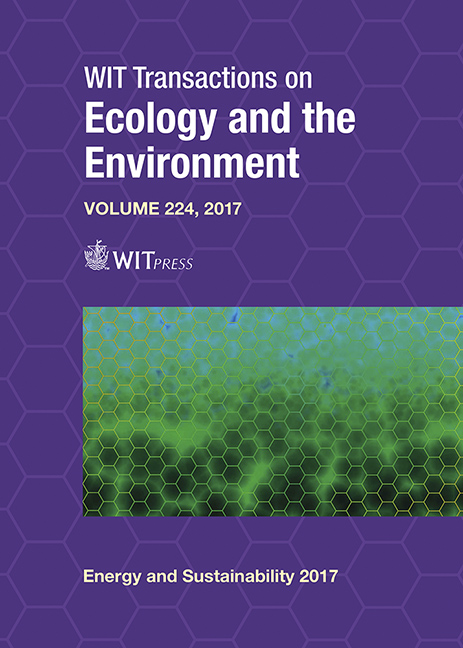BASIC STUDY ON THE DECAYED BEHAVIOR OF WASTE WOODY SAMPLES CAUSED BY THREE WHITE-ROT FUNGI
Price
Free (open access)
Transaction
Volume
224
Pages
11
Page Range
267 - 277
Published
2017
Paper DOI
10.2495/ESUS170251
Copyright
WIT Press
Author(s)
QINGYUE WANG, HIDEHARU TAKAHASHI, SAYURI KAWAMURA, SHIN HATAKEYAMA
Abstract
In this study, we investigated the decayed behavior of waste woody samples caused by three kinds of white-rot fungi known as Coriolus consors, Coriolus hirsutus and Ischnoderma resinosum, which were selected to prepare and develop the decayed woody samples from original woody biomasses. After 8 weeks of decaying, the weights of all decayed woody samples had decreased. From the results of analysis of the major woody holocellulose and lignin, the same ratios of weight decrement in all decayed woody samples were found when compared with their original woody sample. It seemed that these components had degraded simultaneously. The crystallinities of woody samples had increased even though woody samples were decayed. It was thought that the amorphous parts of cellulose and hemicellulose were decomposed preferentially. We tried to use these decayed woody samples as samples for the liquefaction experiment. It is observed that the decayed woody samples may be liquefied to be the same as their original woody samples basing on the molecular weight distribution, chemical structure and other chemical parameters of the liquefied contents.
Keywords
characterization, decayed waste woody samples, white-rot fungus





